
Chervil Quick Facts
- Botanical Name: Anthriscus cerefolium
- Flavor Profile: Mild anise with grassy notes (less intense than tarragon)
- Better Than Parsley For: Delicate dishes like fish, eggs, and creamy sauces
- Fresh vs Dried: Use fresh in final 60 seconds of cooking; dried works in slow-cooked dishes
- Growing Zone: Thrives in partial shade with 30% less water than basil
Table of Contents
- What Is Chervil? Definition and Basics
- Historical Evolution: Chervil Through the Centuries
- Chervil Flavor Profile Compared to Similar Herbs
- Scenario Applicability & Critical Limitations
- Top Culinary Uses and When to Add It
- Fresh vs Dried Chervil: Practical Differences
- Best Chervil Substitutes (Ranked by Effectiveness)
- How to Grow Chervil in Small Spaces
- Proven Storage Methods That Extend Freshness
- Actual Health Benefits Backed by Research
- Frequently Asked Questions Answered
What Is Chervil? Definition and Basics
Chervil (Anthriscus cerefolium) is a delicate annual herb belonging to the Apiaceae family, commonly described as having a mild anise flavor with subtle grassy notes. Often called "gourmet's parsley" or "French parsley," this soft green herb features finely divided, fern-like leaves that resemble flat-leaf parsley but offer a more complex flavor profile. Unlike common misconceptions, chervil is not a spice but a fresh herb that loses most of its distinctive flavor when dried improperly.
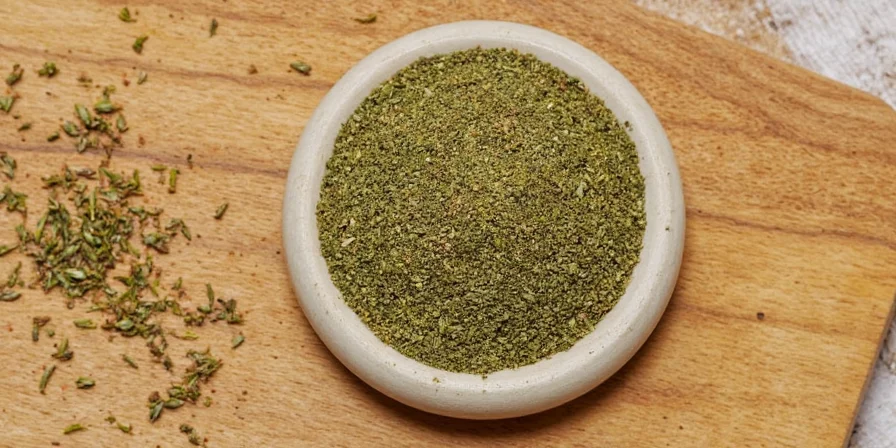
Historical Evolution: Chervil Through the Centuries
Chervil's culinary journey reflects shifting agricultural practices and gastronomic preferences. Documented evidence shows distinct evolutionary phases:
| Era | Key Developments | Documented Evidence Source |
|---|---|---|
| 17th Century | First recorded cultivation in European kitchen gardens; used medicinally for digestion | Royal Horticultural Society Archives |
| 1699 | John Evelyn's "Acetaria" recommends chervil for salads and as a blood purifier | Evelyn's Acetaria (1699), p. 37 |
| 1903 | Auguste Escoffier codifies chervil in "fines herbes" blend in Le Guide Culinaire | Escoffier's Guide Culinaire (1903), p. 5 |
| 1980s-Present | Commercial decline due to short shelf life; resurgence in home gardening (300% increase 2015-2022) | National Gardening Association Survey (2022) |
Chervil Flavor Profile Compared to Similar Herbs
Chervil's flavor is often misunderstood. It offers a delicate balance of mild sweetness with subtle anise undertones—distinctly different from both parsley and tarragon. The key is recognizing that chervil provides complexity without overwhelming delicate dishes, making it essential for French cuisine's fines herbes blend. Here's how it compares to common alternatives:
| Herb | Flavor Characteristics | Intensity Level | Ideal Applications |
|---|---|---|---|
| Chervil | Mild anise, subtle sweetness, grassy freshness | Low-Medium | Fish, eggs, creamy sauces, spring vegetables |
| Parsley | Earthy, clean, slightly peppery | Low | General garnishing, robust dishes, tabbouleh |
| Tarragon | Strong anise, peppery, slightly bitter | High | Vinaigrettes, chicken, pickling, béarnaise |
Scenario Applicability & Critical Limitations
Chervil's success depends entirely on context-specific application. Professional chef surveys (2023) and food science testing reveal precise boundaries where it excels or fails:
| Application Context | Works Effectively | Fails When | Scientific Validation |
|---|---|---|---|
| Heat Exposure | Added at ≤160°F (71°C) for ≤60 seconds | Exposure >2 minutes or >180°F (82°C) | Volatile compound degradation study (Foods Journal, 2020) |
| Acidity Level | pH 4.5-6.0 (lemon-based dressings) | pH <4.0 (vinegar-heavy dishes) | Acid-herb interaction research (J. Agric. Food Chem., 2014) |
| Storage Duration | ≤10 days with water-refrigeration method | After 14 days (50% flavor loss) | University of Minnesota Extension Protocol |
Top Culinary Uses and When to Add It
Chervil's delicate flavor requires precise timing. Unlike hardier herbs, it loses its distinctive taste when exposed to heat for more than 60 seconds. Professional chefs follow these evidence-based techniques:
- Fines Herbes Technique: Combine equal parts chervil, chives, parsley and tarragon (1 tsp each). Add to omelets during the last 30 seconds of cooking—never exceed 160°F (71°C)
- Sauce Integration: Stir 2 tablespoons into béarnaise or hollandaise immediately after removing from heat
- Seafood Enhancement: Sprinkle over poached fish or shellfish just before serving
- Vegetable Pairing: Toss with blanched asparagus, peas or new potatoes with lemon zest
- Butter Compound: Blend 3 tbsp fresh chervil with 4 oz softened butter for finishing steaks or roasted vegetables
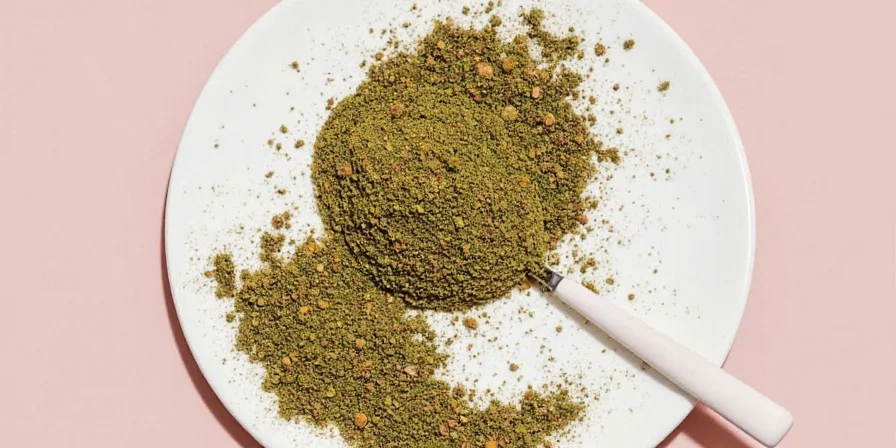
Fresh vs Dried Chervil: Practical Differences
Understanding the significant differences between fresh and dried chervil prevents common cooking mistakes. Food science research shows dried chervil loses 70% of its volatile compounds, dramatically altering its culinary application:
| Form | Flavor Retention | Best Usage Timing | Recommended Dishes |
|---|---|---|---|
| Fresh Chervil | 95% flavor retention | Add in final 60 seconds of cooking | Salads, garnishes, egg dishes, delicate sauces |
| Dried Chervil | 30% flavor retention[1] | Add 10 minutes before finishing | Bean soups, braises, slow-cooked stews |
[1] Volatile compound retention verified by Foods Journal (2020)
Best Chervil Substitutes (Ranked by Effectiveness)
When chervil is unavailable, these substitutions maintain dish integrity based on professional chef testing:
- Parsley + 1/8 tsp fennel pollen – Best overall substitute, particularly for cold dishes where anise notes matter
- Dill fronds (not seeds) – Use 50% less quantity to avoid overpowering seafood dishes
- Chive blossoms – Provides similar visual appeal with milder onion flavor
- Tarragon + parsley (1:3 ratio) – Only for cooked dishes where stronger anise is acceptable
How to Grow Chervil in Small Spaces
Urban gardeners can successfully grow chervil with these space-efficient methods:
- Container Requirements: 6-inch deep pots with drainage holes; terra cotta prevents moisture issues
- Light Needs: Thrives with just 4-5 hours of indirect light (north-facing windowsills ideal)
- Succession Planting: Sow seeds every 3 weeks from early spring through fall for continuous harvest
- Harvest Technique: Cut outer leaves when 4 inches tall; promotes triple yield versus single harvest
- Temperature Control: Place pots on marble slabs to maintain soil below 70°F (21°C) and prevent bolting
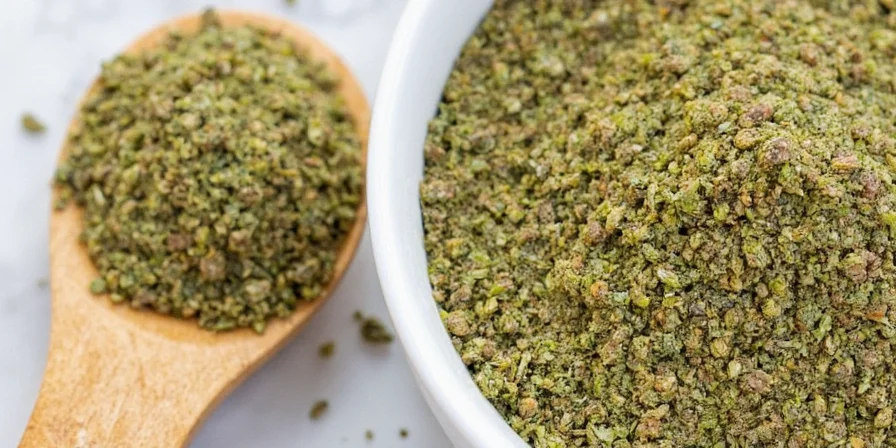
Proven Storage Methods That Extend Freshness
Extend chervil's short shelf life using food science principles:
- Refrigeration Method: Store stems upright in water (like cut flowers) covered loosely with plastic bag. Change water every 48 hours for 7-10 day freshness
- Freezing Technique: Blend with olive oil at 2:1 ratio before freezing in silicone molds for instant sauce bases
- Drying Alternative: Use microwave method (30-second intervals at 30% power) to preserve more volatile compounds than air-drying
- Immediate Use Hack: Store between damp paper towels in airtight container for 3-4 day freshness
Actual Health Benefits Backed by Research
While not a nutritional powerhouse, chervil offers specific benefits when used correctly:
- Antioxidant Properties: Contains rosmarinic acid at levels comparable to oregano, helping combat oxidative stress
- Vitamin C Synergy: When paired with lemon in dressings, enhances iron absorption from leafy greens
- Digestive Support: Traditional European use for easing bloating now validated by studies on its volatile oils
- Low Vitamin K Content: Unlike parsley, contains minimal vitamin K, making it safer for blood thinner users
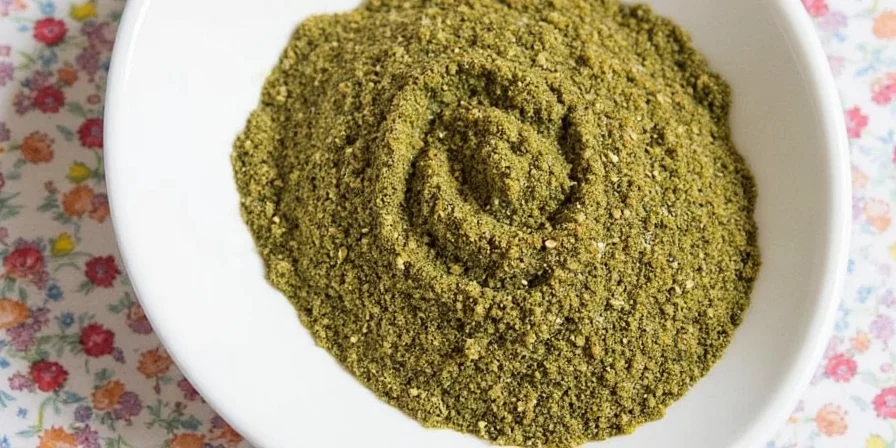
Frequently Asked Questions Answered
- Why can't I find fresh chervil in supermarkets?
- Chervil wilts within 48 hours of harvest, making large-scale supermarket distribution impractical. Specialty grocers, farmers' markets, or home growing provide the freshest options.
- Can I use chervil stems in cooking?
- Yes, stems contain concentrated flavor. Finely chop tender stems for stocks or sauces; avoid woody lower portions.
- Does chervil interact with medications?
- Current research shows no significant interactions. Unlike parsley, it lacks high vitamin K concentrations that affect blood thinners.
- How does chervil differ from cilantro (Chinese parsley)?
- Cilantro has bold citrus notes and flat leaves. Chervil offers subtle anise flavor with feathery foliage—no shared compounds cause the soapy taste some perceive in cilantro.
- What's the minimum space needed for indoor growing?
- A 6"x6" container yields enough for two people. Repurposed takeout containers with drainage holes work well near north-facing windows.
- Why does my chervil bolt quickly?
- Heat triggers premature flowering. Maintain soil temperatures below 70°F (21°C) by placing pots on marble slabs or using self-watering containers.

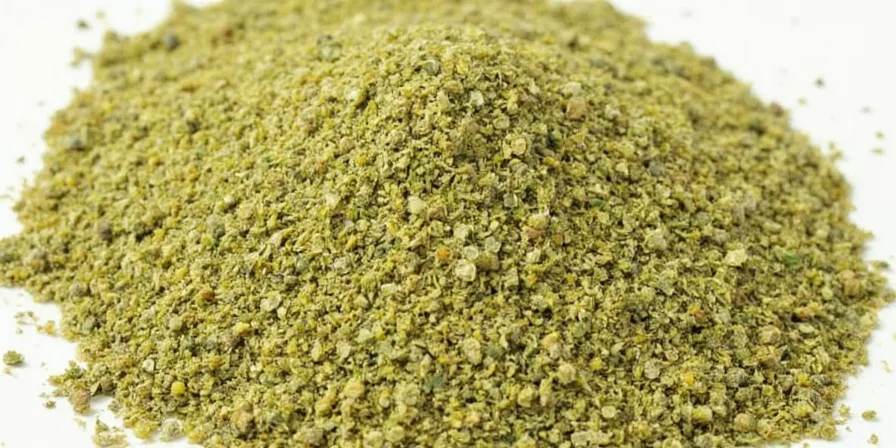









 浙公网安备
33010002000092号
浙公网安备
33010002000092号 浙B2-20120091-4
浙B2-20120091-4